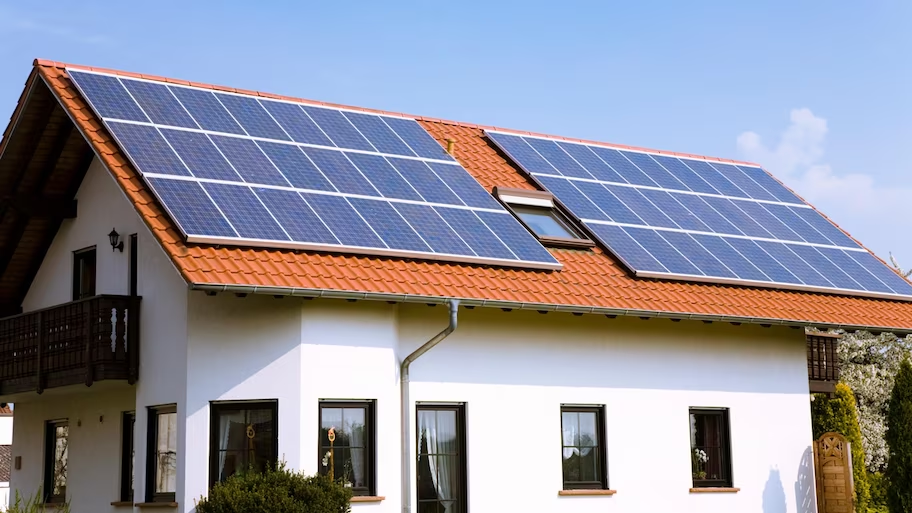Guide On How Residential Solar Power Works
If you’re considering solar panels for your home, you’re on the right track to cutting costs and reducing your carbon footprint. Let’s break down the benefits of solar energy before delving into the details.
Benefits of Solar Energy: A Smart Investment
Solar panels are a wise investment to slash your electricity bill. Not only do they save you money, but they are also clean, renewable, and environmentally friendly. When you decide to sell your home, the added value from solar panels becomes a smart financial move. If you’re looking for the best price for solar panel installation, consider ESD Solar.
How Solar Power Works in Residential Homes: A Step-by-Step Guide
Step 1: Convert Sunlight to Electricity
Understanding solar panels is the first step in grasping how solar energy works. These panels are designed to convert sunlight into electricity. They are typically made from one of three semiconductors: monocrystalline silicon, polycrystalline silicon, or thin-film solar cells.
When sunlight hits the semiconductor layer, the “photovoltaic” effect occurs, releasing electrons from silicon. These free electrons create an electric current captured by the wiring attached to the panels. The more sunlight, the more electricity is produced, especially during peak hours.
Step 2: Solar Inverters Transform DC Power
Solar panels generate direct current (DC), but most home appliances use alternating current (AC). Inverters bridge this gap by transforming DC power into AC power for your home. Inverters come in different sizes and configurations, such as string inverters or microinverters.
These devices not only convert power but also allow you to monitor your system’s performance. They can be connected to the internet for real-time data access.
Step 3: Electrical Panel Distributes Electrical Current
The electrical panel is the central hub for distributing electricity in your home. It receives the electricity generated by your solar panels. These panels can also monitor your energy usage, providing detailed insights for optimization.
Step 4: Electric Meter Tracks Production and Consumption
Electric meters measure your electricity consumption, and smart meters have replaced traditional analog ones. This digital upgrade eliminates the need for estimated bills. With solar power, your reduced grid consumption is recorded. Smart meters allow you to utilize net metering, earning credits for excess electricity fed back into the grid.
Step 5: Batteries Store Excess Energy
To maximize solar power benefits, consider solar batteries. These batteries store excess energy from your solar panels, providing a valuable backup during non-sunny hours. Whether charged directly from solar panels or through the inverter using AC electricity, these batteries reduce your dependence on the grid.
Remember, the efficiency and safety of your solar energy system depend on professional installation. Regular maintenance, including panel cleaning and system component inspections, is crucial to ensuring long-term performance. Invest wisely in solar energy to save money, reduce your environmental impact, and increase the value of your home.
This post was written by Daniel Massaad, owner and expert solar technician at Energy Solutions Direct! ESD is the top choice for Solar Panel Installation Lakeland FL! Our licensed and certified contractors are masters of their craft; with years of experience servicing the great Tampa Bay area and beyond, the choice is simple. ESD excels at offering you the best in solar value!















